#Elizabeth Blackwell
Text

Little shopping but…This bag!!! Is everything !!!! 💕
#anais nin#celia birtwell#penguin x reader#penguin little classics#penguin classics#women#women in stem#science#women in science#cleopatra#jane austen#greta thunberg#malala yousafzai#xian zhang#anne frank#rosa parks#coco chanel#emmeline pankhurst#elizabeth blackwell#studyblr#tmedic#bookblr#literature#marie curie#ada lovelace#angela merkel#hellen keller#manasi pradhan#women power
11 notes
·
View notes
Text
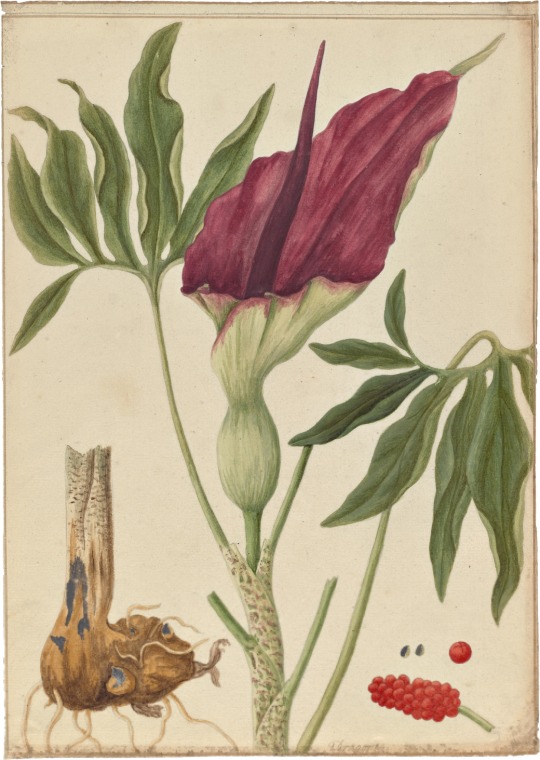
Elizabeth Blackwell 1707-1758
Dranunculus vulgaris, from the plates of "A Curious Herbal”
ca. 1737-1739
#elizabeth blackwell#curious herbal#herbarium#book illustration#illustrators#botany#science#nature#plants and herbs#floral print#floral art#medicinal plants#tumblrstyle#tumblr art#tumblraesthetic#aesthetictumblr
15 notes
·
View notes
Photo

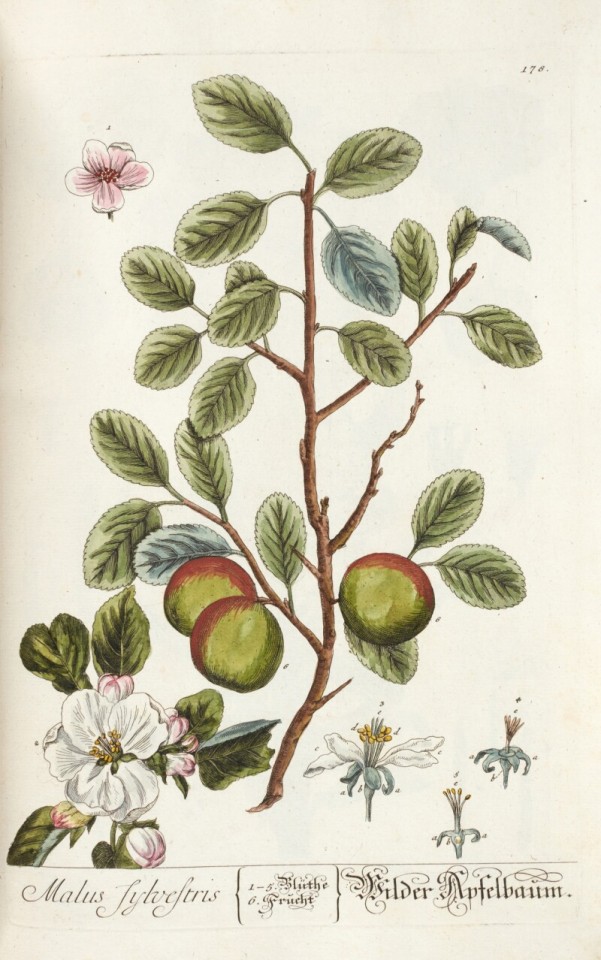
Elizabeth Blackwell
Herbarium Blackwellianum. Nuremberg: Joseph Fleischmann, 1750-1773
Elizabeth Blackwell undertook her task to raise money to free her husband, Alexander, from debtor's prison. With the support of Isaac Rand, Blackwell drew, engraved, and coloured the illustrations herself, using specimens from the Chelsea Physic Garden. The work, which was originally issued in weekly parts between 1737 and 1739 in London, was a great success, and afforded Alexander his freedom. However, Alexander left his family for Sweden in 1742, where he was appointed court physician to the Swedish king (despite his complete lack of formal medical training). The young "doctor" was hanged for treason in 1748 for his involvement in a political conspiracy over the royal line of succession. By the time of the publication of the present work Elizabeth, a widow, was apparently denied any profits from the enterprise.
#Elizabeth Blackwell#Herbarium Blackwellianum. Nuremberg 1750-1773#scottish artist#Scottish botanical illustrator and author#art#artist#art work#art world#art news#nature#plants
21 notes
·
View notes
Photo
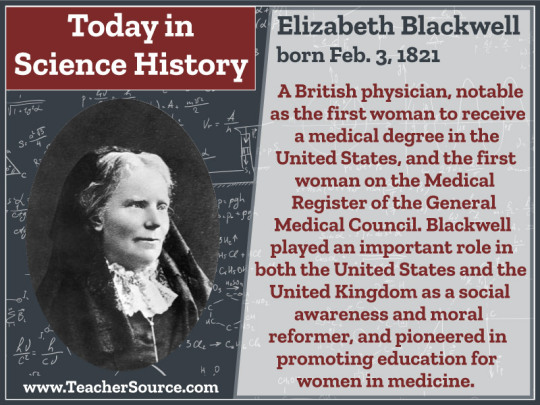
Elizabeth Blackwell was born on February 3, 1821. A British physician, notable as the first woman to receive a medical degree in the United States, and the first woman on the Medical Register of the General Medical Council. Blackwell played an important role in both the United States and the United Kingdom as a social awareness and moral reformer, and pioneered in promoting education for women in medicine.
#elizabeth blackwell#medicine#women in science#women in history#science#science birthdays#science history#on this day#on this day in science history
17 notes
·
View notes
Video
n601_w1150 by Biodiversity Heritage Library
Via Flickr:
Herbarium Blackwellianum emendatum et auctum, id est, Elisabethae Blackwell collectio stirpium. Norimbergae : Typis Io. Iosephi Fleischmanni, 1750-1773.. biodiversitylibrary.org/page/290854
#Botany#Medical#Early works to 1800#Herbals#Missouri Botanical Garden#Peter H. Raven Library#bhl:page=290854#dc:identifier=http://biodiversitylibrary.org/page/290854#Elizabeth Blackwell#Q469844#illustrator:wikidata=Q469844#HerNaturalHistory#flickr#Rhabarbarum tenerife#Rheum rhabarbarum#botanical illustration#scientific illustration
4 notes
·
View notes
Text
The gross perversion and destruction of motherhood by the abortionist filled me with indignation, and awakened active antagonism. That the honorable term ‘female physician’ should be exclusively applied to those women who carried on this shocking trade seemed to me a horror. It was an utter degradation of what might and should become a noble position for women.
— Elizabeth Blackwell
19 notes
·
View notes
Text
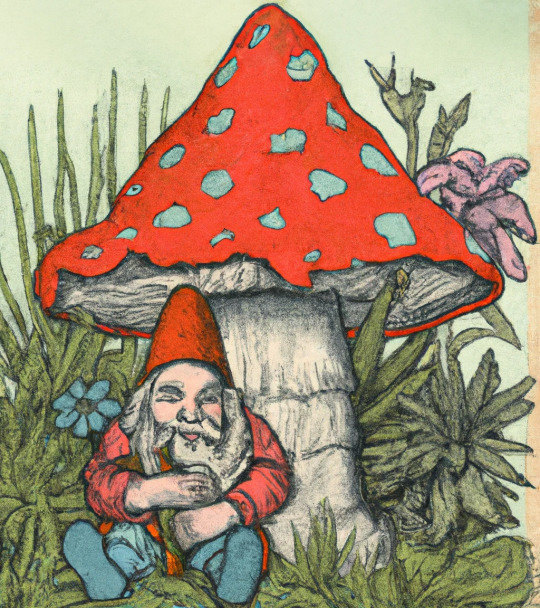
One of my favourites from playing in Dall E so far
9 notes
·
View notes
Text
Notable American Women: BLACKWELL, Elizabeth (Feb. 3, 1821 - May 31, 1910)
“..This favorite daughter was a diminutive blonde (five feet, one inch tall), plainer than her sisters and reserved, but with resources of strength and courage which marked her as a leader even in childhood. In maturity her expressive hands and resonant voice were her most commanding features. From her early years she sought challenges which tested her powers of endurance, as if unconsciously preparing for a life of trial; as a schoolgirl she occasionally slept on the bare floor to “harden” her body.
…From girlhood she admitted she had been extremely susceptible to the “disturbing influence exercised by the other sex,” but whenever she “became sufficiently intimate with any individual to be able to realise what a life association might mean,” she “shrank from the prospect, disappointed or repelled.”
…When a woman friend urged her to study medicine, the idea at first repelled her, for she “hated everything connected with the body” and from childhood had been “filled... with disgust” by “the physical structure of the body and its various ailments.” But after “many a severe battle” she determined to seek a career in medicine and thus place a “strong barrier” between herself and matrimony.
..To her joy she was accepted by Geneva College in west central New York. Only later did she learn that the administration at Geneve had referred her application to the students, who had accepted it with much hilarity, supposing it was a spoof perpetrated by a rival school.
Miss Blackwell began her studies in November, and soon tasted the isolation and loneliness that would attend the course she had chosen. Ostracized by the townspeople as “queer” or immoral, and at first barred from classroom demonstrations, she was sustained only by the excitement of her work; but with quiet dignity and gentleness masking her iron will, she soon turned curiosity into respect. The professor of anatomy, James Webster, became a friend and defender, and the students, though occasionally rude, were in general friendly, even admiring.
…On Jan. 23, 1849 Elizabeth Blackwell received her medical degree from Geneva. Realizing that she must seek further education abroad, she went to England that April-first, however, becoming naturalized as an American citizen. In England she visited family and old friends and was cordially received in hospitals in Birmingham and London.
Paris was her ultimate objective, but she was disappointed to discover she could secure practical experience only through enrollment as a student midwife at La Maternité, a large state institution. With characteristic good humor, she made light of this frustration and found profit in the opportunities offered.
Her training came to a half, however, when she contacted purulent ophthalmia after treating a child suffering from the disease. The anguish of the following eleven months was partly physical but largely mental, for the eventual loss of sight in one eye meant abandonment of her cherished hope of becoming a surgeon.
…August 1851 found her back in New York, eager to begin her medical career. For the next seven years, however she experienced every possible discouragement. She was barred from practice in city dispensaries and hospitals, ignored by medical colleagues, and insultingly attacked in anonymous letters. Unable to find anyone who would rent decent consulting rooms to a “female physician”--a term then used by a notorious New York abortionist, Madame Restell--she was forced to buy a house (79 East 15th Street) she could ill afford.
…In 1853 she opened on a part-time basis a one-room dispensary in a tenement district of New York, treating two hundred poor women the first year. After several years of fundraising, she expanded this to a hospital, the New York Infirmary for Women and Children, established at 64 Bleecker Street in 1857. By this time she had two strong and capable allies in her sister Dr. Emily Blackwell, who returned from postgraduate training in Europe in 1856, and Dr. Marie E. Zakrzewska, newly graduated from Western Reserve, whom Elizabeth had previously helped and encouraged.
…The Year 1868 brought the final realization of Elizabeth Blackwell’s plan for a medical college and her own appointment to the first chair of hygiene. There were medical schools for women in Boston and Philadelphia, but she wanted to set higher standards than these schools could offer, conscious that women would receive particular scrutiny from the medical profession.
At the Women’s Medical College of the New York Infirmary she established entrance examinations (ten years before they were made compulsory by state law), a three-year graded course with longer terms than commonly prevailed, ample opportunity for clinical experience, and, to attest to the high caliber of the training, an examining board, independent of the faculty, appointed from among the most eminent physicians in the city. Now women could at least obtain a better-than-average education, in an institution connected with a hospital where they could receive the necessary clinical training and experience.
…Not all her views were soundly based. She was a vocal opponent of vaccination because of the death of a young patient from infection early in her professional life, and her hostility to animal experimentation made her unable to appreciate the work of Claude Bernard, Pasteur, Koch, and others. But despite these negative stands, and although she made no direct contribution to medical science, her stress on the importance of preventive medicine, sanitation, and public health, and her willingness to speak out on problems of sexual behavior were in advance of her time.
- Notable American Women, Volume I: A-F, 1971
4 notes
·
View notes
Photo

https://www.themarginalian.org/2020/01/29/elizabeth-blackwell-curious-herbal/
8 notes
·
View notes
Text
"Prejudice is more violent the blinder it is."
- Elizabeth Blackwell.
1 note
·
View note
Link
3 notes
·
View notes
Text
“In modern day terms, this doesn’t sound too daunting a task – but in the 18th century? It would not have been easy, Elizabeth was a woman, in a male dominated environment, with no standing within London’s scientific and medical institutions, and no medical background…”
1 note
·
View note
Text

Elizabeth Blackwell [1707-1758]
Small Poppy Blooms, from the plates of "A Curious Herbal”
ca. 1737-1739
#elizabeth blackwell#botanical illustration#poppy#poppies#medicinal plants#herbalist#women artists#book illustration#beautiful flowers#floral print#floral art#floral aesthetic#tumblrstyle#tumblr art#tumblraesthetic#aesthetictumblr#tumblrpic#tumblrpictures#artists on tumblr#tumblrlove#tumblrposts#beautiful#love
13 notes
·
View notes
Photo
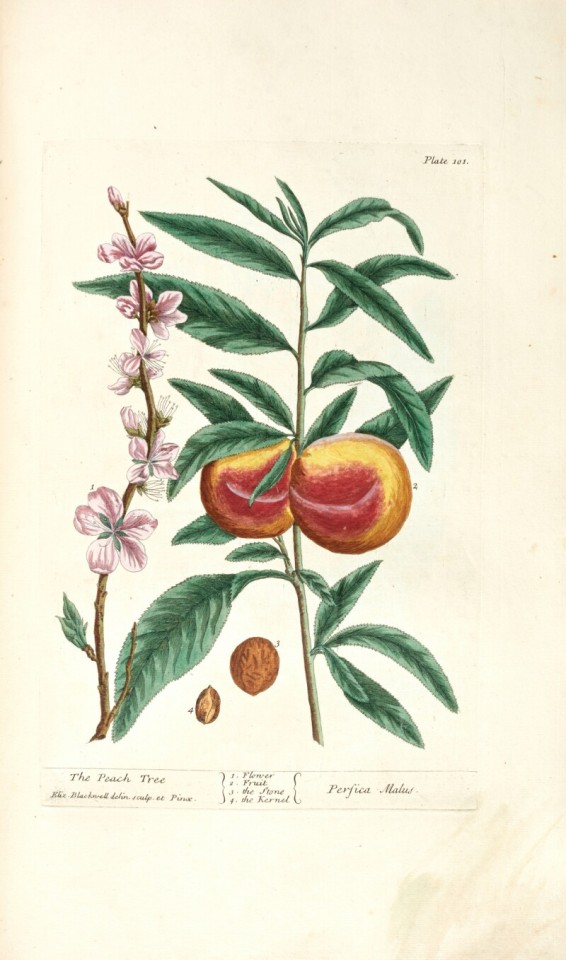
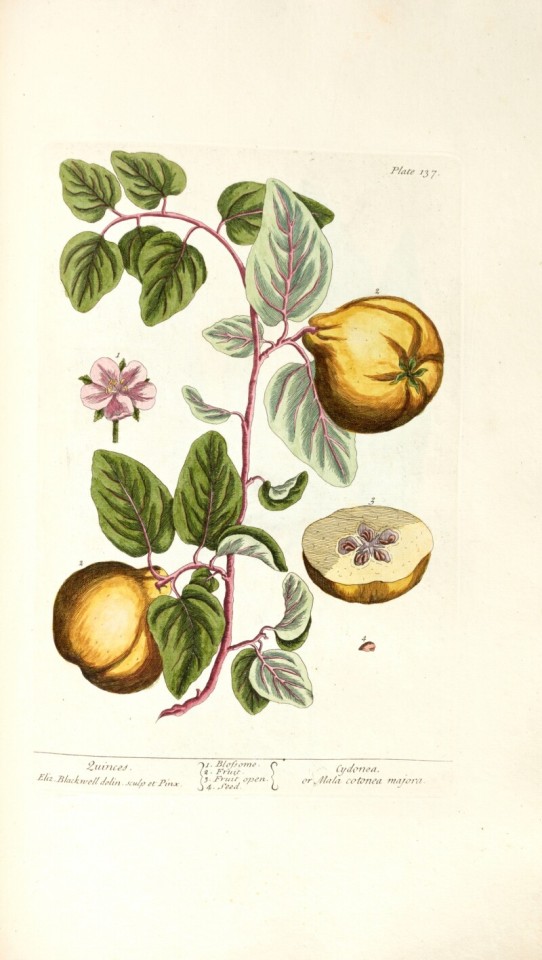
Elizabeth Blackwell | A curious herbal, London, 1737-39, 2 volumes.
#Elizabeth Blackwell#Elizabeth Blackwell | A curious herbal London 1737-39#herbs#plants#nature#art#artist#art work#art world#art news
13 notes
·
View notes
Text
Guest post by Lynda O'Keeffe - A Curious Herbal Elizabeth Blackwell’s Pioneering Masterpiece of Botanical Art
Today, I have the pleasure to welcome back Lynda O’Keeffe, with her article to mark International Women’s Day.
Elizabeth Blackwell was a botanical illustrator and author who was best known as the author, artist and engraver for the plates of A Curious Herbal published between 1737 and 1739.
Lithograph portrait of Elizabeth Blackwell (c.1700-1758)
There are two Elizabeth Blackwells notable in the…

View On WordPress
0 notes
Text
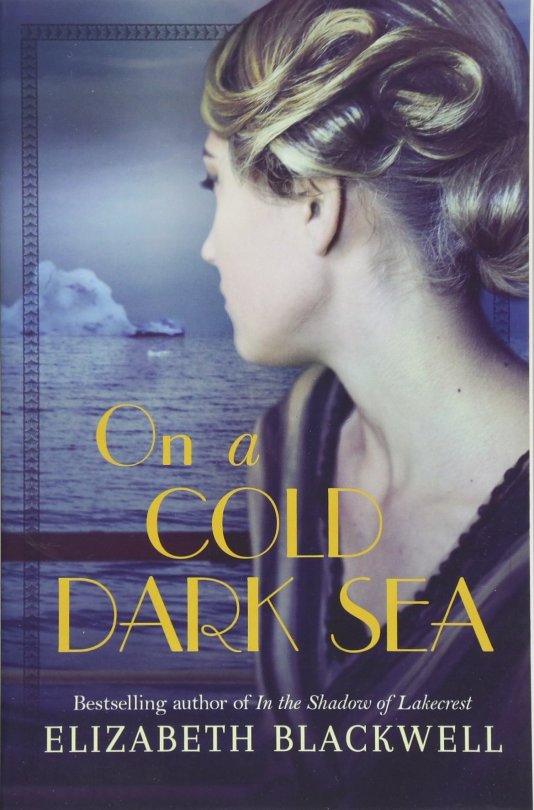
Title: On a Cold Dark Sea | Author: Elizabeth Blackwell | Publisher: Lake Union Publishing (2018)
0 notes
